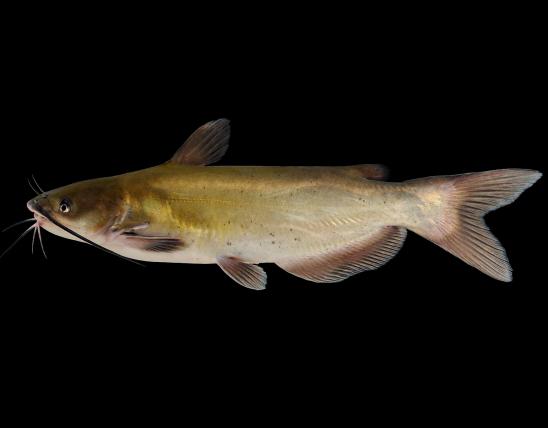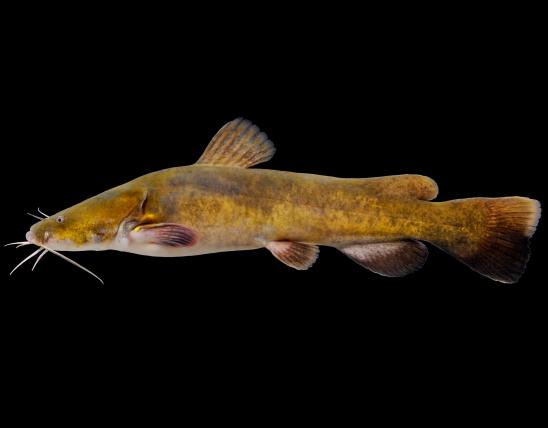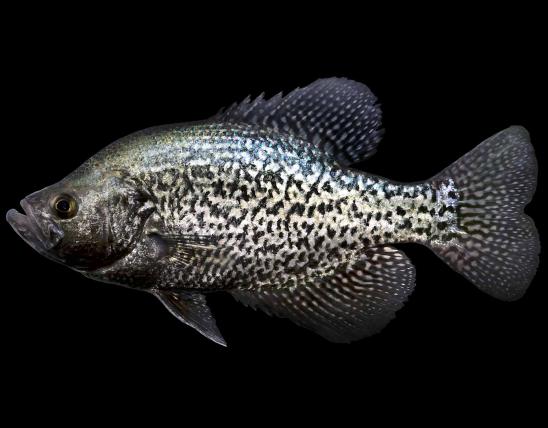Driving directions: From Bethany travel 10 miles north on Route W, then 0.5 mile west on W222 Street to the area.
Annual Prospects Report
Harrison County Reservoir (280 acres) consistently provides good-quality channel catfishing, some nice-sized crappie, and the occasional largemouth bass over 20 inches. The latest electrofishing surveys showed similar results to those observed in prior surveys from 2015-2020. Channel catfish remain abundant thanks to continued stocking of catchable-sized catfish every two years at a rate of 10 fish per acre. Many of the channel catfish we surveyed were 15 to 24 inches long which make them ideal table fare. In recent years, a few larger flathead catfish and blue catfish have also been caught, although neither species is stocked by MDC. Our 2022 surveys showed flathead catfish are now reproducing naturally in the lake with increased numbers of small fish (8-11 inches) observed. Electrofishing catch rates for crappie in recent years have shown a downward trend, suggesting lower abundance, but some nice-sized white crappie (up to 12 inches) and black crappie (up to 16 inches) were observed in 2022. Survey results also suggest declining abundance for largemouth bass and yet most bass (56%) were above the minimum size for harvesting (15 inches) with 28 percent larger than 18 inches.
The fish population continues to adjust to the establishment of gizzard shad (source unknown) which were first reported in 2015. Electrofishing surveys in recent years have shown a general trend towards fewer largemouth bass, and fewer and smaller (slow growing) panfish species such as bluegill. Average catch rates for largemouth bass and bluegill in our surveys from 2016-2022 were about half of the average catch rates prior to the introduction of gizzard shad. Unfortunately, sizes of bluegill have declined from the nice-sized 8+ inchers to very few over 6 inches.
The presence of gizzard shad in the lake has definitely changed the fishery. Gizzard shad populations typically fluctuate greatly from year-to-year, depending on weather patterns, which can result in positive or negative impacts to the fishery. Some years there may be high numbers of juvenile shad produced throughout the summer and this provides abundant forage for species like crappie and bass. Other years, shad spawning conditions may be short-lived or poor and small forage is then limited. Gizzard shad also consume large amounts of plankton which are important food sources for juvenile fish, especially panfish (bluegill and crappie). The result can be slower growth rates for young or small sportfish.
Fishing during the spring spawning periods should remain like past years, but post-spawn angling may need some new approaches at times. Some species may adjust their feeding activities with changes in the shad population and respond to lures that imitate shad. Other fish will continue to use the various brush piles submerged around the lake, shallow vegetation, and bite on jigs, prepared and natural baits. Keep trying different approaches until you find what works!
Water conditions in Harrison County Lake vary from very turbid (muddy) during exceptionally wet periods, to moderately clear during drier times when runoff in the watershed is minimal. Higher nutrient levels promote good fish growth, but occasionally create algal blooms which become intense at times.
Travel 9 miles north of the city of Bethany on County Road W. Turn west on W 222nd St (gravel) for about 0.5 mile to the main lake entrance.

























